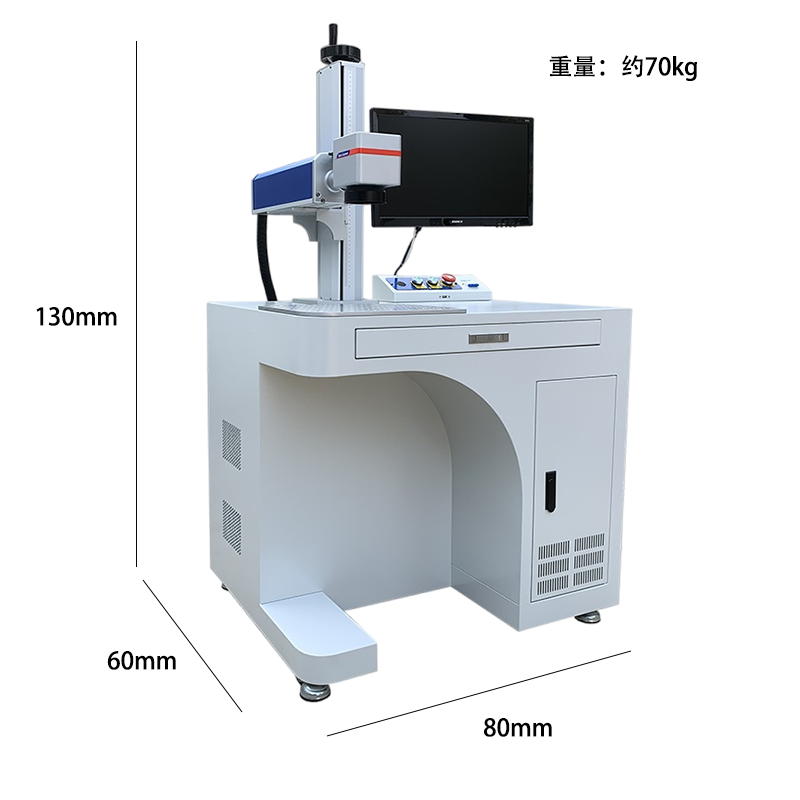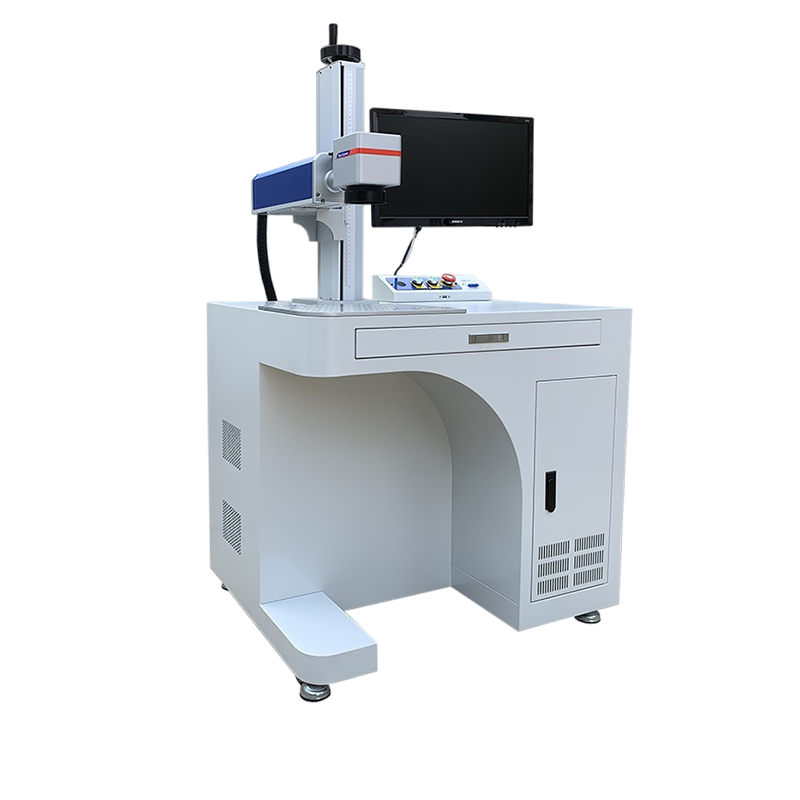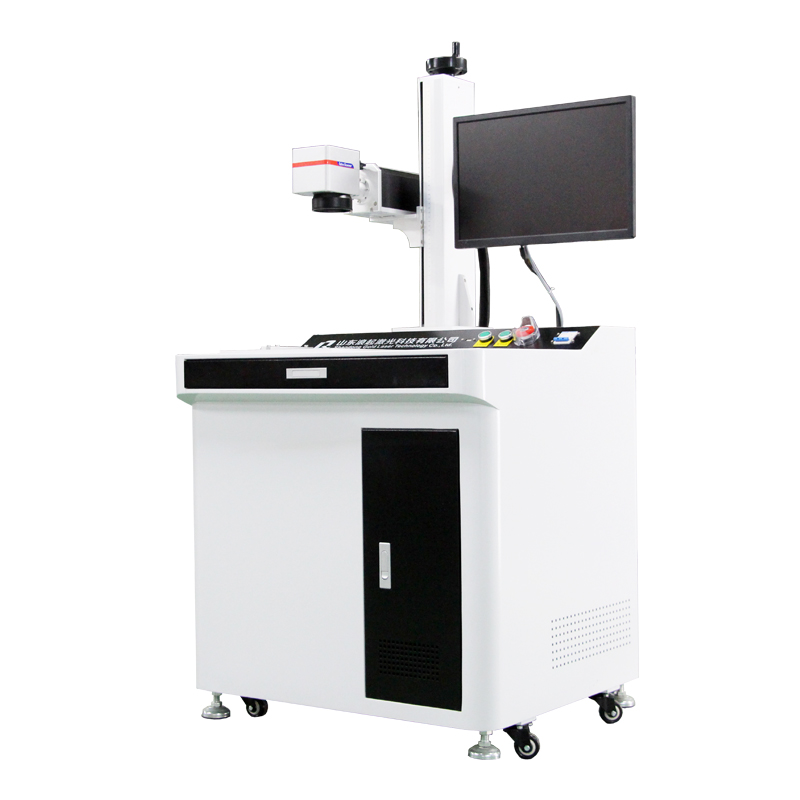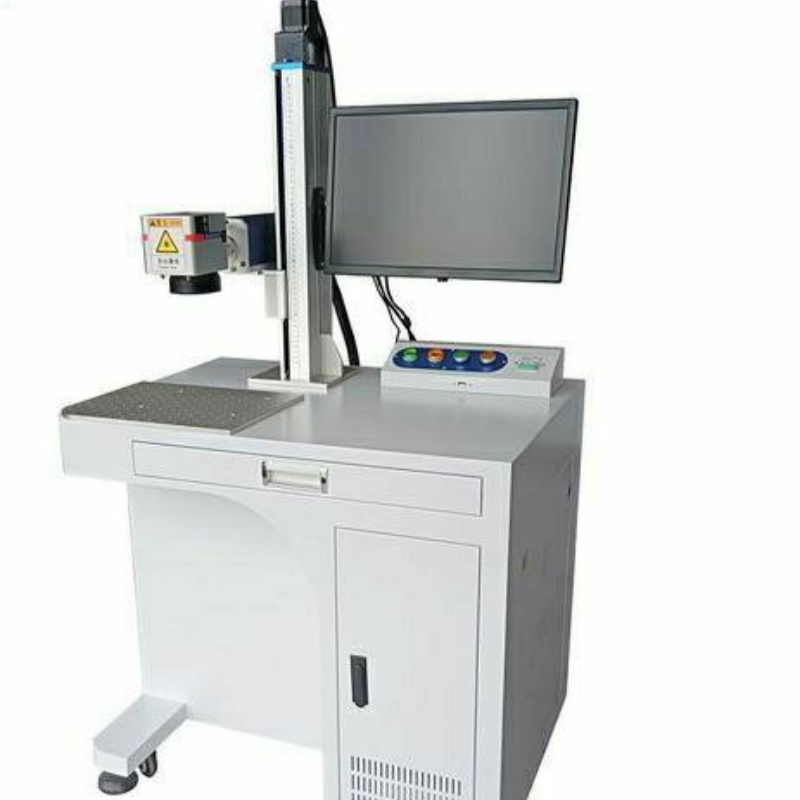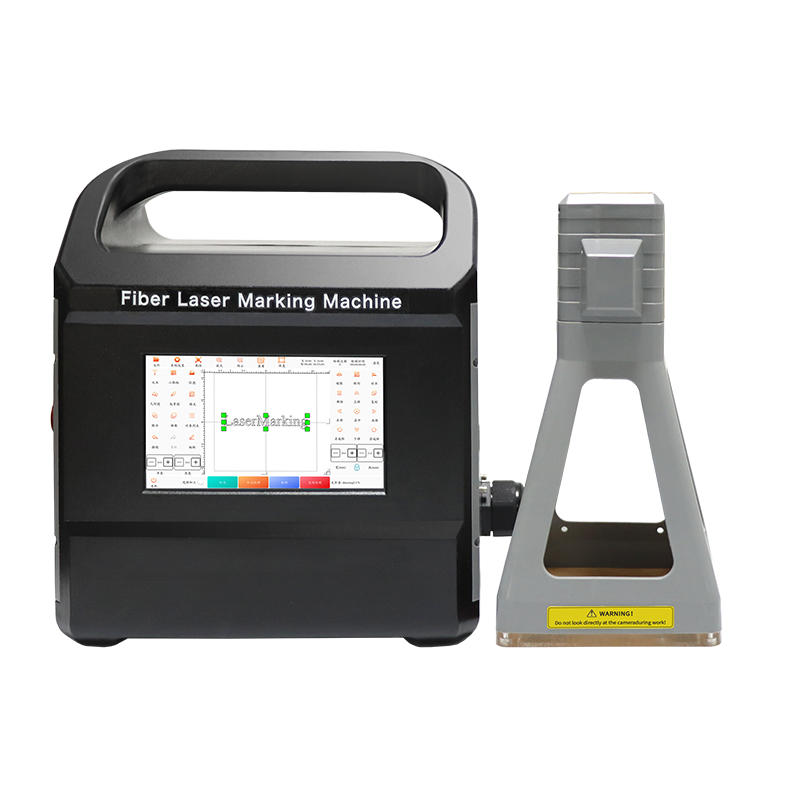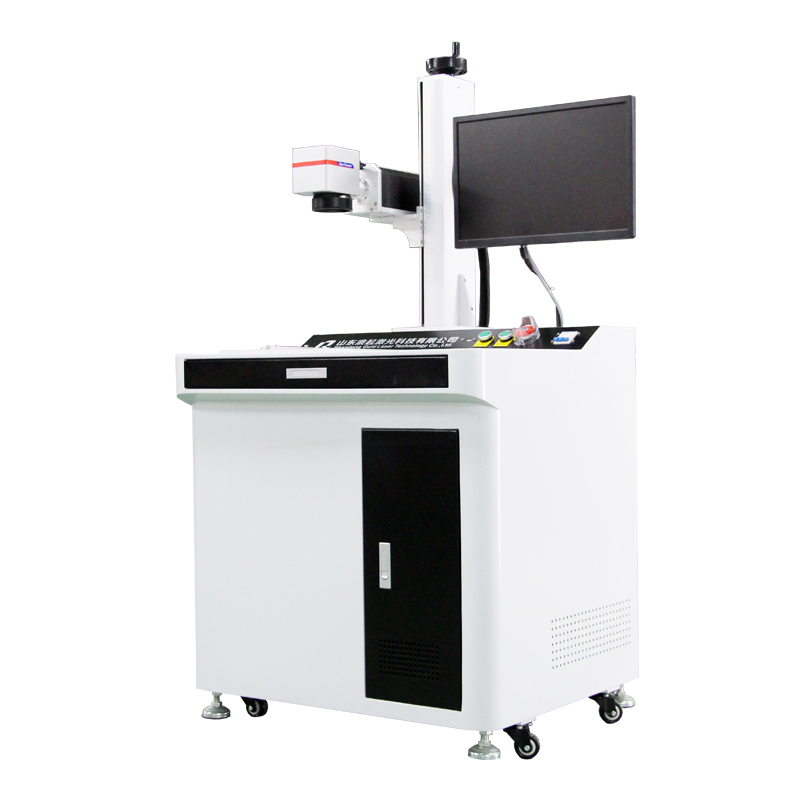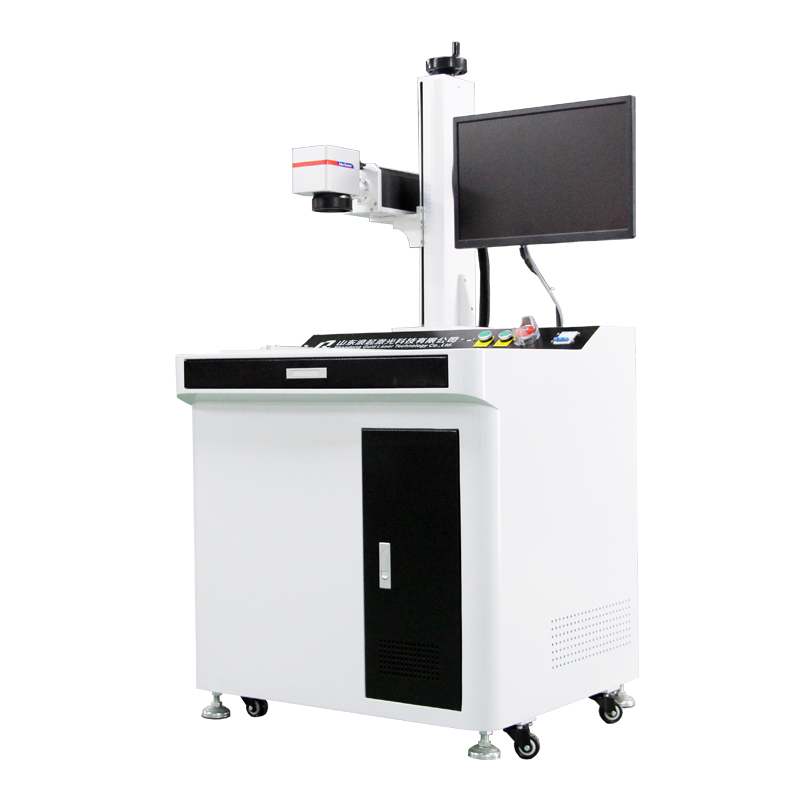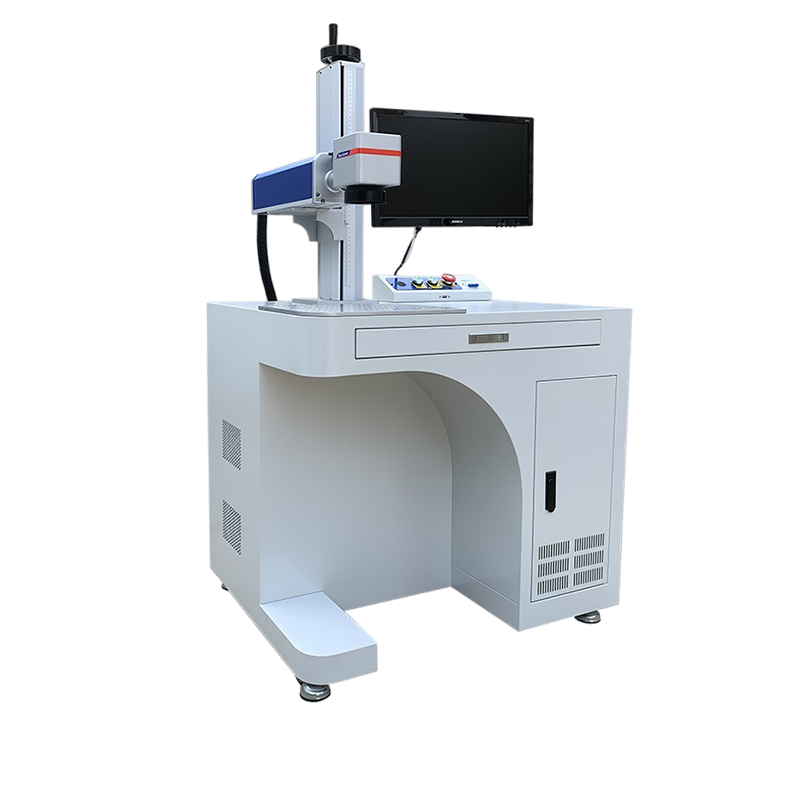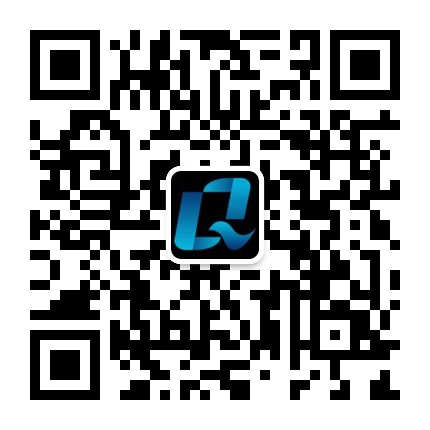Fiber laser marking machines are widely used for marking various metals, including brass and silver, due to their precision, speed, and permanence. Here’s a detailed guide on marking these materials:
1. Marking on Brass
Brass (an alloy of copper and zinc) is commonly laser marked for industrial, jewelry, and decorative applications.
Key Considerations:
Wavelength: Fiber lasers (1064 nm) are effective for brass marking.
Surface Finish: Polished vs. unpolished brass affects contrast.
Marking Method:
Annealing (Heat-Induced Oxidation): Produces dark marks without material removal.
Engraving/Etching: Removes material for deeper marks (less common on brass due to oxidation options).
Typical Settings (Adjust Based on Machine Power):
| Parameter | Annealing Mark | Engraving |
|---|---|---|
| Laser Power | 20-50% | 50-80% |
| Speed | 100-500 mm/s | 200-800 mm/s |
| Frequency | 20-50 kHz | 50-100 kHz |
| Passes | 1-3 | 1-2 |
Results:
Dark/Black Marks: Achieved via oxidation (best for readability).
Gold/Brown Tones: Possible with lower power/speed.
2. Marking on Silver
Silver (pure or sterling) is often marked for jewelry, awards, and industrial components.
Key Considerations:
Reflectivity: Silver is highly reflective, requiring adjustments to avoid beam scattering.
Marking Method:
Annealing: Creates dark/black marks via oxidation.
Engraving: Produces a frosted or textured finish.
Typical Settings:
| Parameter | Annealing Mark | Engraving |
|---|---|---|
| Laser Power | 30-60% | 60-90% |
| Speed | 100-400 mm/s | 300-1000 mm/s |
| Frequency | 20-50 kHz | 50-100 kHz |
| Passes | 1-3 | 1-2 |
Results:
Black/Dark Gray Marks: Oxidation-based marking.
Smooth Frosted Finish: Achieved with engraving (ideal for jewelry).

